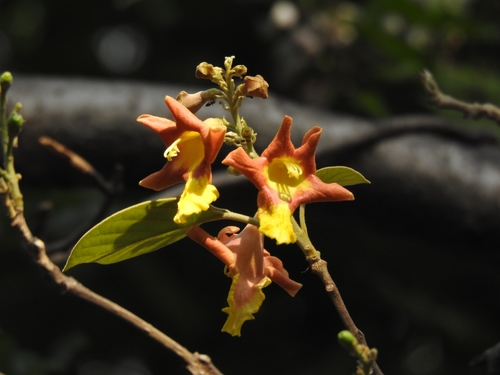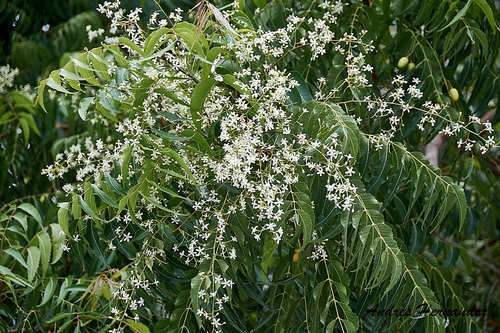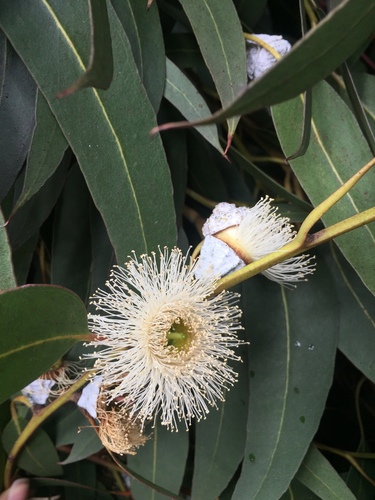My Garden

Kashmir tree
Gmelina arborea
Gmelina arborea, commonly known as gamhar, is a fast-growing deciduous tree native to Southeast Asia and India. It is valued for its timber, which is lightweight, strong, and easily worked, making it suitable for a variety of uses including furniture, construction, and musical instruments. It has yellowish-brown heartwood and pale yellow sapwood. It produces small, brownish-yellow flowers and fleshy, yellow fruits. It is relatively drought-tolerant and can grow in a range of soil types but prefers well-drained, fertile soil.
| Category | Details | |
|---|---|---|
| Invasive Status | Invasive Status | |
| Plant Type | Perennial plant | |
| Medicinal Usage | Medicinal Usage | |
| Duration to maturity | 10 years to harvest | |
| Estimated Plant Lifespan | 40 years lifespan | |
| Sun Requirements | 6+ hours direct sunlight (Full Sun) | |
| Pollination | Method: Insects Notes: Bees are primary pollinators. | |
| Watering Requirements | Method: Top watering Frequency: Regularly during dry periods, reduce watering during rainy season. Notes: Avoid waterlogging. | |
| Humidity Requirements | Level: Moderate to high | |
| Cleaning Requirements | Prune regularly to maintain shape and remove dead or diseased branches. | |
| Temperature Range | Min: 20°C Max: 40°C |

Neem
Azadirachta indica
Neem trees can provide shade for young Gmelina arborea saplings and also help to deter certain pests.

Tasmanian blue gum
Eucalyptus globulus
Eucalyptus species, like the Blue Gum, are known for their rapid growth and allelopathic tendencies, which can inhibit the growth of neighboring plants like Gmelina arborea by releasing chemicals into the soil.
Leaf defoliators
Various insect larvae can cause significant defoliation, impacting the tree's growth.
Stem borers
These insects bore into the stems, weakening the tree and making it susceptible to disease.
Steps:
- Soak seeds in water for 24 hours before sowing.
- Sow seeds in a well-draining seed-starting mix.
- Keep the soil moist but not waterlogged.
- Seedlings can be transplanted after a few months.
- Take stem cuttings from healthy, mature trees.
- Treat cuttings with rooting hormone.
- Plant cuttings in a well-draining potting mix.
- Keep the soil moist and provide humidity.
Neem oil
Natural insecticide to control pests.
Compost
Enriches the soil and promotes healthy growth.
